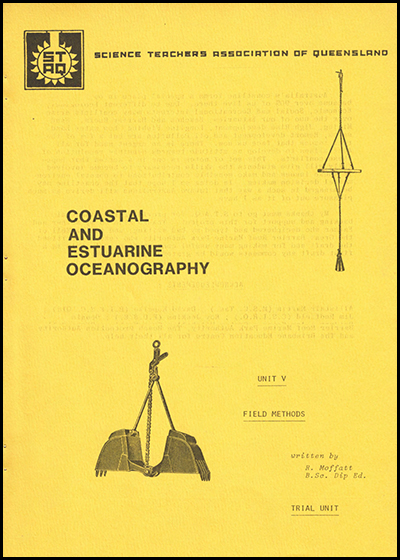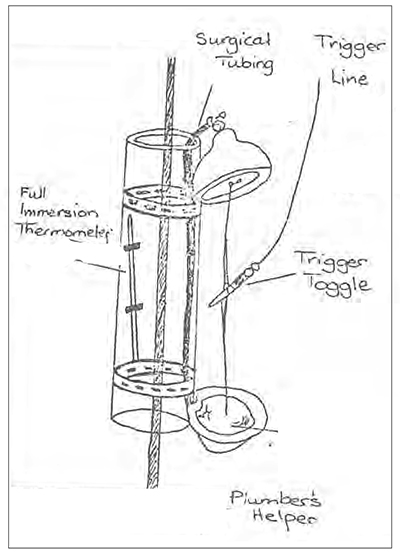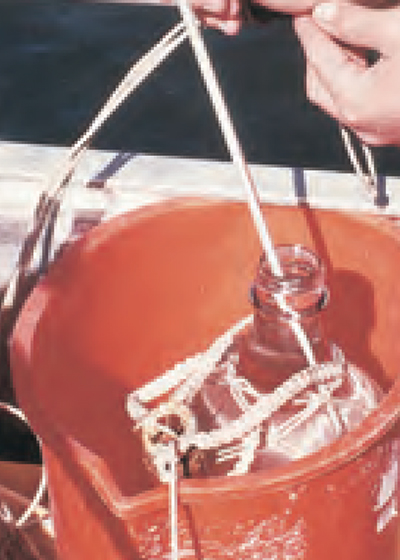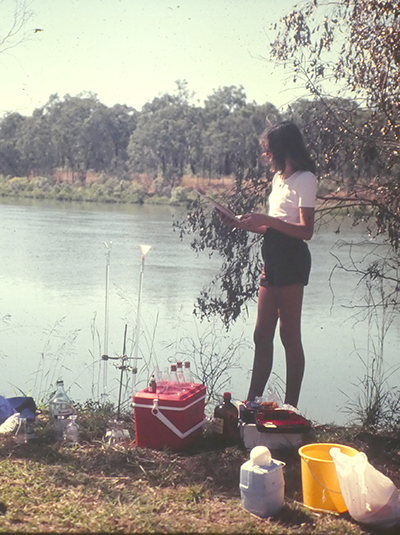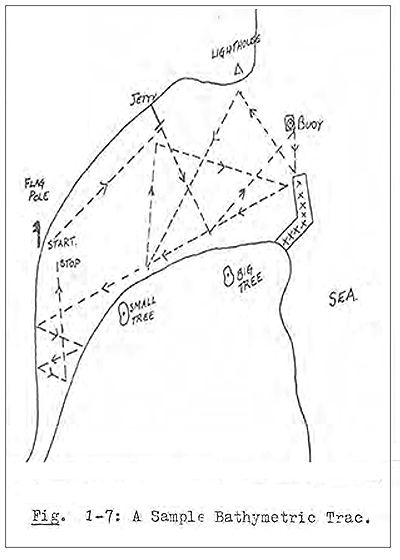1982 STAQ Field methods

ISBN : None allocated
Published Date : 01 June 1982
Product Code : 1982 STAQ
Format : Free PDF for download
By Bob Moffatt
Wet Paper publications non-commercial school licence
The publisher and author/s of this pdf file grant to the school a revocable, non-exclusive, non-transferable right and licence to use the content, exercises, lab and field work lesson notes within the school for educational purposes only.
Yearly record keeping
To ensure fair payment is made to collecting societies, educational institutions are to record the digital ISBN above.
- To do this go to the school office and ask the IT department or whoever looks after digital book licences to record the ISBN in the school digital library licence catalogue.
Copyright
Except as permitted by the Copyright Act 1968 (Cth), you may not reproduce any of the contents of this publication, without the written permission of the copyright owner.
The title to, and intellectual property rests with the publisher's author/s, illustrators, photographers and design consultants and nothing in the agreement should be construed as transferring those rights to the school.
Educational exemption
There are exemptions under the Act that allow educational and government use of text, images and music scores for educational purposes.
These exemptions are in Part VB of the Copyright Act 1968 (Cth), where you are entitled to reproduce or communicate 10% of the words or one chapter from this file for educational use within your school. If you wish to reproduce or communicate MORE than 10% contact the copyright owner.
For more information, see www.copyright.com.au and www.copyright.org.au.
Teachers Information
First attempt to document what kids in boats could do in marine science with low cost equipment
Many activities came from a workshop run by Drs Jack Marsh and David Tulip from the Mt Gravatt College of Advanced Education, who ran a teachers workshop at the Boyne Island Field Study Centre in 1980.
Here we were introduced to low cost field equipment and how plankton could be collected and identified. The workshop was funded from the GOSP schools commission grant and lit the spark from which many of todays marine science experiments came from.
We also tried out the hatch meters that were supposed to meaure salinity and dissolved oxygen.
The DO was a nightmare and it relied on osmosis and to get the correct seals, just did not work. Maybe some trainign would have been useful, but in those days all equipment arrived with a poorly written manual and it was really hard to figure things out.
I don't think you can make Chromic Acid today and many of the chemical techniques have been repalced with meters and probes.
BUT
The benefits of using chemicals are
- Every student gets a go at taking measurements
- Students learn the importance of wearing personal protection
- There is an element of danger
- There is a greater skill in being careful
- Disposal of waste can be taught
Contents
CHEMICAL OCEANOGRAPHY
Laboratory methods
- Glassware
- Apparatus for holding Glassware
- The Triple Beam Balance
- Burettes
- Correct use of Glassware
- Some practice - Making Chromic Acid
- Oceanographic Units and Measurements
Salt water chemistry
- Limits of Tolerance
- Temperatures in Estuaries
- Salinity
- Sediments and Turbidity
- Turbidity and Oxygen
- The importance of Oxygen
- Biological Oxygen Demand
- Other Aspects of Sea Water
Investigations
- Environmental effects of Temperature
- Making Salt Water
- Measuring Salinity of a Sea Water Sample
- Measuring the Total Dissolved and Suspended solids
- Measuring the Dissolved Oxygen Content
- Measuring the Biological Oxygen Demand
- Measuring the Acidity of Sea Water
- Measuring the Carbon Dioxide Concentration


